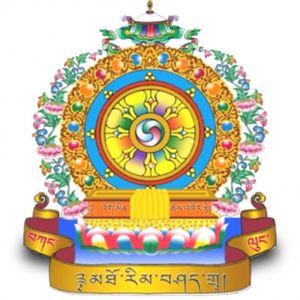Contributions of Vasubandhu and Asanga
Converted by his brother Asanga to the Yogachara, Vasubandhu wrote the Vijnapti-matrata-siddhi (“Establishment of the Thesis of Cognitions—Only”), in which he defended the thesis that the supposedly external objects are merely mental conceptions. Yogachara idealism is a logical development of Sautrantika representationism: the conception of a merely inferred external world is not satisfying. If consciousness is self-intimating (svaprakasha) and if consciousness can assume forms (sakaravijnana), it seems more
logical to hold that the forms ascribed to alleged external objects are really forms of consciousness. One only needs another conception: a beginningless power that would account for this tendency of consciousness to take up forms and to externalize them. This is the power of kalpana, or imagination. Yogachara added two other modes of consciousness to the traditional six: ego consciousness
(manovijnana) and storehouse consciousness (alaya-vijnana). The alaya-vijnana contains stored traces of past experiences, both pure and defiled seeds. Early anticipations of the notions of the subconscious or the unconscious, they are theoretical constructs to account for the order of individual experience. It still remained, however, to account for a common world—which in fact remains the
main difficulty of Yogachara. The state of nirvana becomes a state in which the alaya with its stored “seeds” would wither away (alayaparavritti). Though the individual ideas are in the last resort mere imaginations, in its essential nature consciousness is without distinctions of subject and object. This ineffable consciousness is the “suchness” (tathata) underlying all things. Neither the alaya nor the tathata, however, is to be construed as being substantial.
Vasubandhu and Asanga are also responsible for the growth of Buddhist logic. Vasubandhu defined perception as the knowledge that is caused by the object, but this was rejected by Dignaga, a 5th-century logician, as a definition belonging to his earlier realistic phase. Vasubandhu defined inference as a knowledge of an object through its mark, but Dharmottara, an 8th-century commentator, pointed out that this is not a definition of the essence of inference but only of its origin.
Source
[[Category:Buddhist Philosophy
[[1]]
